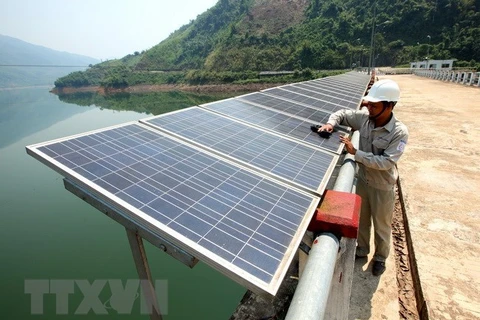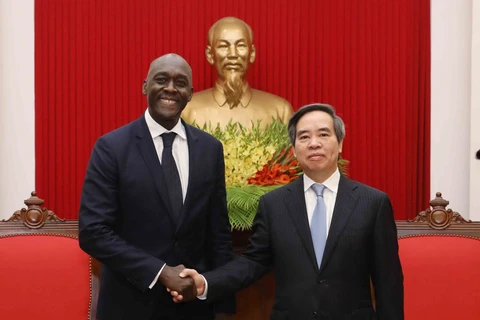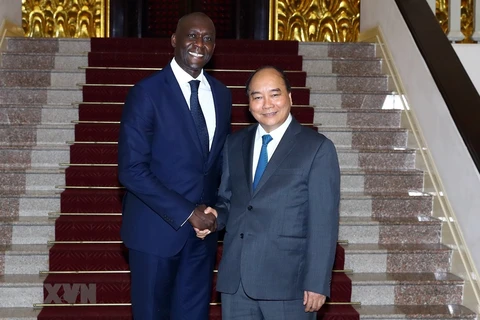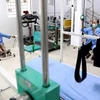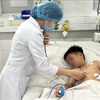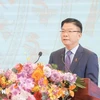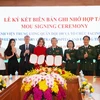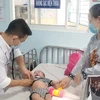HCM City (VNA) – The public-private partnership (PPP) investment model is seen as an opportunity for hospitals to improve the quality of their service, thus attracting more patients, experts said on May 21.
Speaking at a conference on PPP investment for the health sector held in Ho Chi Minh City by the World Bank (WB) in Vietnam, Vice Director of the municipal Department of Health Tang Chi Thuong said the investment model will help improve capacity and professionalism for stronger development in hospitals.
Ramesh Govindaraj, a health expert from the WB, said the PPP investment form is popular in the health sector and is expanding across many countries worldwide, especially in infrastructure development and medical equipment supply.
Vietnam has 73 PPP projects in the health sector, but only 15 of which have conducted prefeasibility study reports.
Experts said the implementation of the PPP for the health sector in Vietnam in general, and in HCM City in particular, is just at the level of exploration and not yet a large surge.
They attributed the situation to the lack of clear goals and strategies in implementing PPP projects and effective coordination among state agencies, as well as arising problems related to medical workers, service prices, health insurance, and medicine.
Nguyen Thanh Nguyen from HCM City Open University pointed out several of the obstacles facing the PPP investment form in Vietnam, saying that the State’s regulations related to the form are not clear, making investors hesitant as they are unsure whether their investment is profitable or not.
As such, it is necessary to develop pilot models and adjust legal regulations in this field, he stressed. –VNA
VNA


